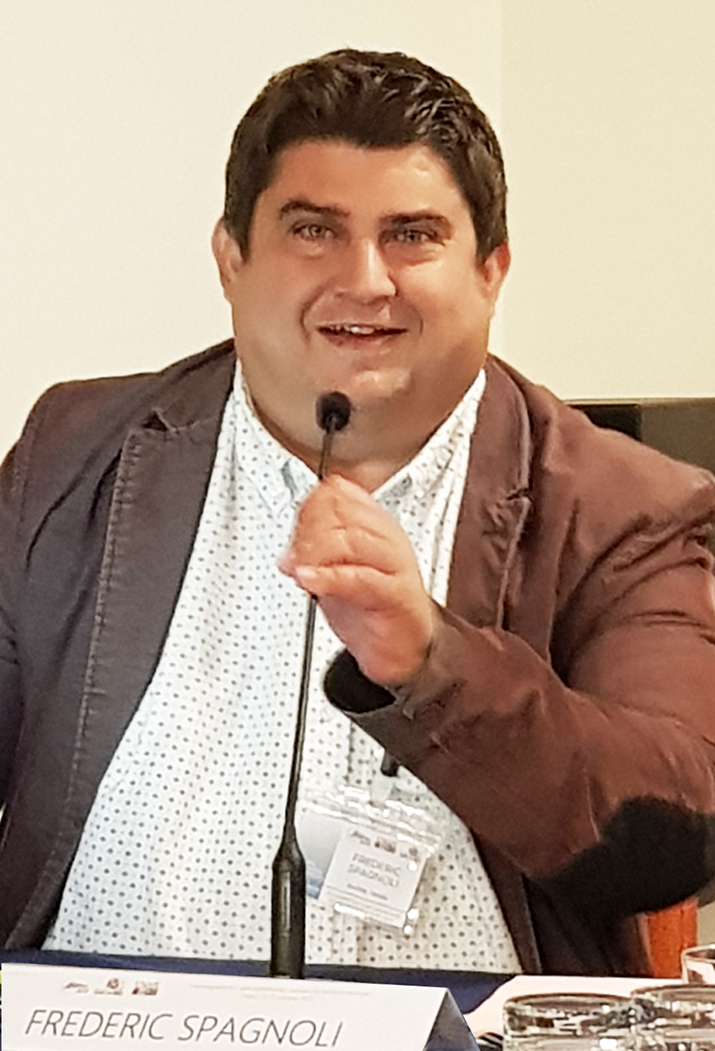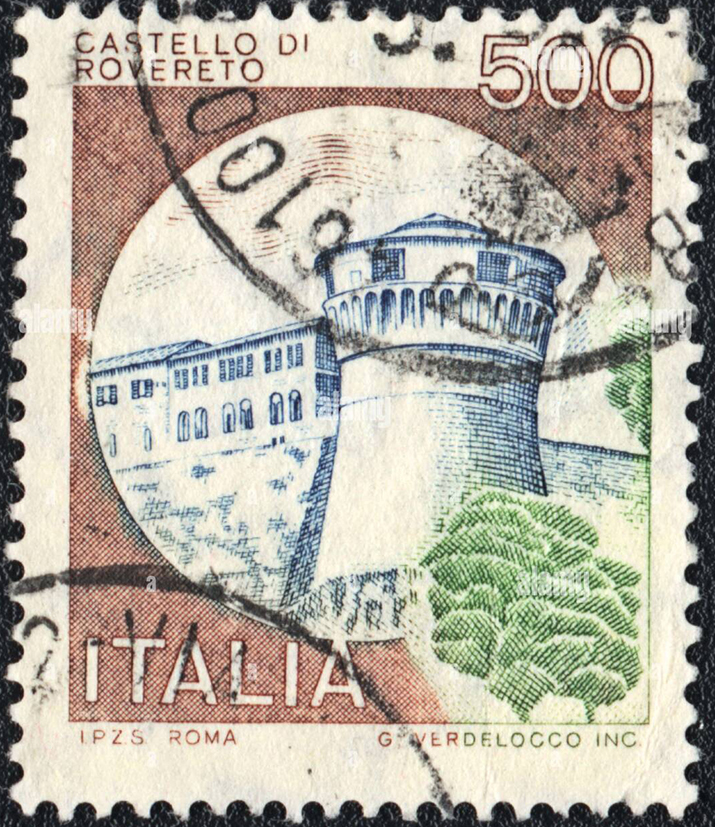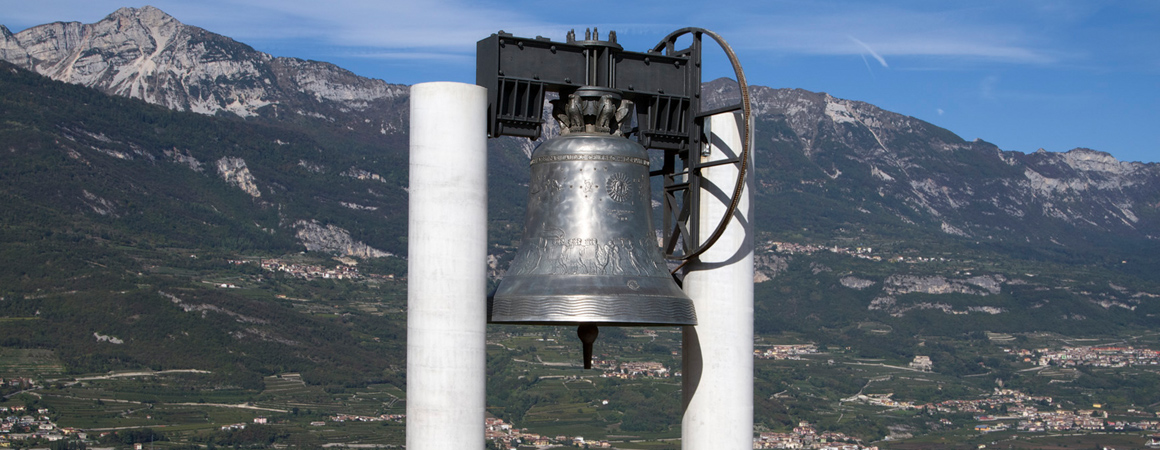STORIES OF TRENTINO PEOPLE IN THE WORLD
FRÉDÉRIC SPAGNOLI, UNIVERSITY PROFESSOR IN FRANCE
We asked various descendants of Trentino emigrants to tell their stories firsthand, emphasizing how their origins have guided and influenced them in life. This would not have been possible without the active and cordial collaboration of the “Trentini nel Mondo” Association, founded in 1957, working for social solidarity and as support for aggregation and assistance for Trentino migrants and their descendants. The figure we present in this issue is Frédéric Spagnoli, a university professor in France originally from Rovereto.
My name is Frédéric Spagnoli. I was born on 8 November 1980 and I have been an associate professor of Italian language and culture at the University of Franche-Comté in Besançon in France since 2009. At this university I am also responsible for international relations and I manage agreements and collaborations with universities all over the world, both for student mobility and for research projects and conferences, from Lebanon to Peru, from Senegal to Armenia and so on. In reality, this essential international dimension in my work today derives partly from my Trentino origins and from the relationship I was able to create with Trentino for my academic research. Allow me to explain.
My grandfather was born in Rovereto, also on 8 November but in 1904. He left Volano, where he was living, in 1923 to go to Grandvillars, in the department of the Territoire de Belfort in Eastern France, on the border with Switzerland. I was born and raised in this region, three kilometres from Switzerland and fifty kilometres from Germany: growing up in a border area means being in contact with different languages and from an early age I was interested in languages and travel. Trentino, as an integral part of the family history, was obviously of great interest to me. I remember looking at a 500 Lire stamp with the Rovereto castle as a child and how I dreamed of going to Trentino, until finally during one of the numerous trips to Trentino I was able to see it "in real life".
Until university, Trentino, which for me meant Rovereto and its surroundings, had been a summer holiday destination. All that changed when I had the chance to do a PhD in 2003. After a first degree in languages and commerce and a master's degree in acquisition and logistics with study and internship experiences in Edinburgh, the Milanese hinterland and the German Ruhr, I wanted to try a PhD to move towards an academic career or to be able to work in large international institutions.
It was the PhD that allowed me to transform the ties I had with Trentino from my summer holidays into an annual working relationship, and thus to significantly transform my association with the land of my ancestors. After discussions and exchanges with various teachers in Besançon and Trento, I had the opportunity to begin research on Trentino emigration to France in co-supervision between the University of Franche-Comté, in the Italian studies department, and the University of Trento in Sociology, that is, with a supervisor in each of the countries for a single thesis.
At the time, scholars of Italian emigration were very interested in migratory ranges that is, they aimed to study migratory activity in relation to both the starting point and the arrival point, as a dynamic movement with origins and reverberations in both places. And so, with this idea in mind, I became interested in the migratory trends uniting the Leno valleys - in particular Terragnolo and Trambileno - and the towns of Grandvillars, Delle and the surrounding villages. As established in the co-supervision thesis agreement I arrived in Trento in October 2005 where I stayed for a year and since then my relationship with Trentino has completely transformed. Having begun to study the history, geography and sociology of Trentino in depth to understand the origins of migratory flows as much as possible, I truly began to "experience Trentino" and this has enriched me greatly.
In October 2005, on the advice of Professor Gabriele Pollini who was following me for my doctorate, I knocked on the door of the “Trentini nel Mondo” association to speak with the director at the time, Rino Zandonai. Somewhat naively, I arrived without an appointment and was told that the director could receive me but only for a few minutes. I left an hour later with many new ideas and many suggestions. That's how meetings with Rino were.
What struck me most in coming into contact with “Trentini nel Mondo” is the international presence of the association with over two hundred clubs scattered around the world and the numerous international activities. I began to see the research work on a specific migratory trend in a broader global framework, as if the world of emigration were a mosaic and my research constituted a small piece of it. Since then, this image of the mosaic has accompanied me in all my research on emigration that took me from France to Eastern Europe and Latin America. In addition to helping me understand the importance of the Trentino migration phenomenon abroad, this general overview helped me understand the influence of migration on Trentino itself. Studying emigration with an extensive, historical perspective also means, by extension, studying the evolution of Trentino society, the society of a borderland between Central Europe and the Latin world.
When in autumn 2008 I was awarded a sociology research grant on linguistic minorities in Trentino and the processes of identity transmission, I was also awarded the opportunity to look not only at the Trentino people living outside of Trentino but those living in the province. In January 2009, I therefore began to study the three linguistic minorities of Trentino, the Ladini, Mòcheni and Cimbri. The research I concluded in 2016 attempted to outline a picture of the identity transmission processes from 2009 to 2016 with 2009 being the first year that Provincial Law number 6 was implemented whereby the so-called "Trentino model" for minority protection was created. I carried out this research by combining different types of sources as well as analysing existing literature on the topic. I was also able to observe the main cultural moments of the communities and interview approximately one hundred people representing the three groups. The time spent in Val di Fassa, Val dei Mòcheni and Luserna, as well as the study of Trentino society in general, allowed me to further strengthen my bond with Trentino and get to know other areas of the province.
Even though I have been an associate professor in France since 2009, I travel four to seven times a year to Trentino, which has allowed me to maintain numerous contacts in the area, both work and personal. In 2019, I created a double three-year degree in languages between Besançon and Trento with a colleague from the Trentino university, Professor Jean-Paul Dufiet, so as to be able to share my interest in Trentino with my students. There are currently seven students from Besançon in Trento.
To conclude, I can say that today, in addition to being the place of origin of my paternal family, Trentino has become a place of work for me that occupies a significant part of my life.

Frédéric Spagnoli during a seminar

The postage stamp depicting the Rovereto castle






